Litter training is an essential aspect of cat ownership, ensuring a harmonious coexistence between pet and owner. Unlike other animals, cats have a natural instinct to bury their waste, making litter training relatively straightforward. However, introducing this concept to cats of all ages requires patience, understanding, and the right tools.
Selecting the Right Litter Box
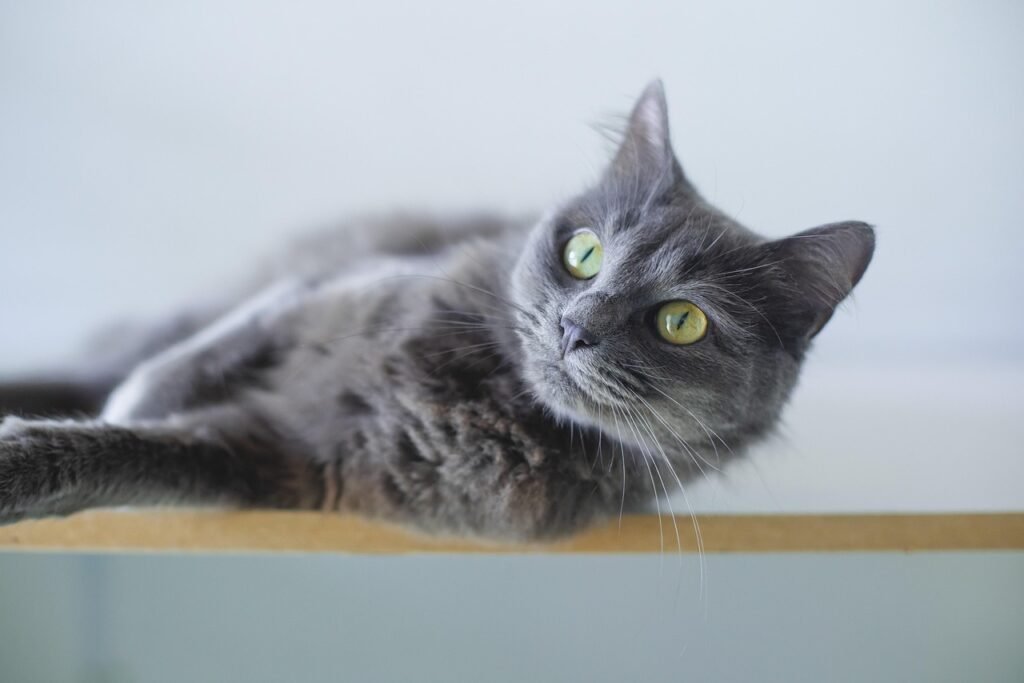
The first step in successful litter training is choosing an appropriate litter box. There are various types available, including open boxes, covered boxes, and self-cleaning options. For kittens and older cats, a low-entry box can be helpful. Ensure the box is spacious enough for the cat to move around comfortably, usually at least 1.5 times the length of your cat.
Choosing the Ideal Litter

Cats can be particular about their litter type. Options include clumping, non-clumping, silica gel, and natural litter made from plant materials like corn or pine. The texture and scent of the litter can influence a cat’s willingness to use the box. Often, unscented clumping litter is a safe choice as it closely resembles the sandy texture cats prefer.
Placement of the Litter Box
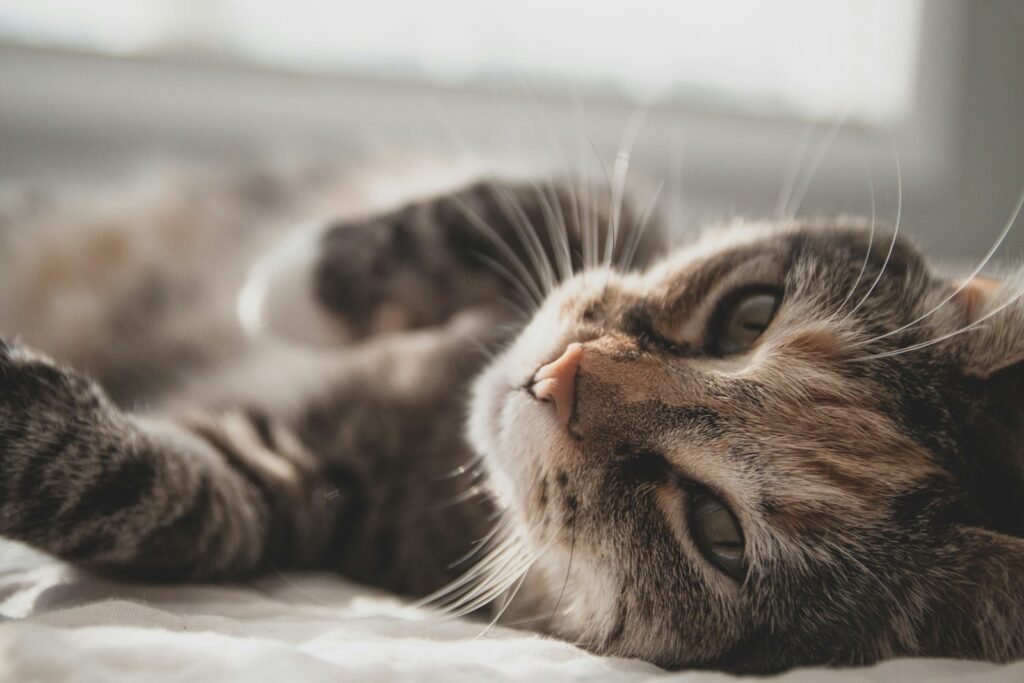
Litter box placement is crucial in encouraging use. Place the box in a quiet, low-traffic area where the cat can feel safe. Avoid placing the box near loud appliances or in isolated, hard-to-reach locations. For multi-story homes, consider having a litter box on each floor to provide easy access.
Introducing the Litter Box to Your Cat
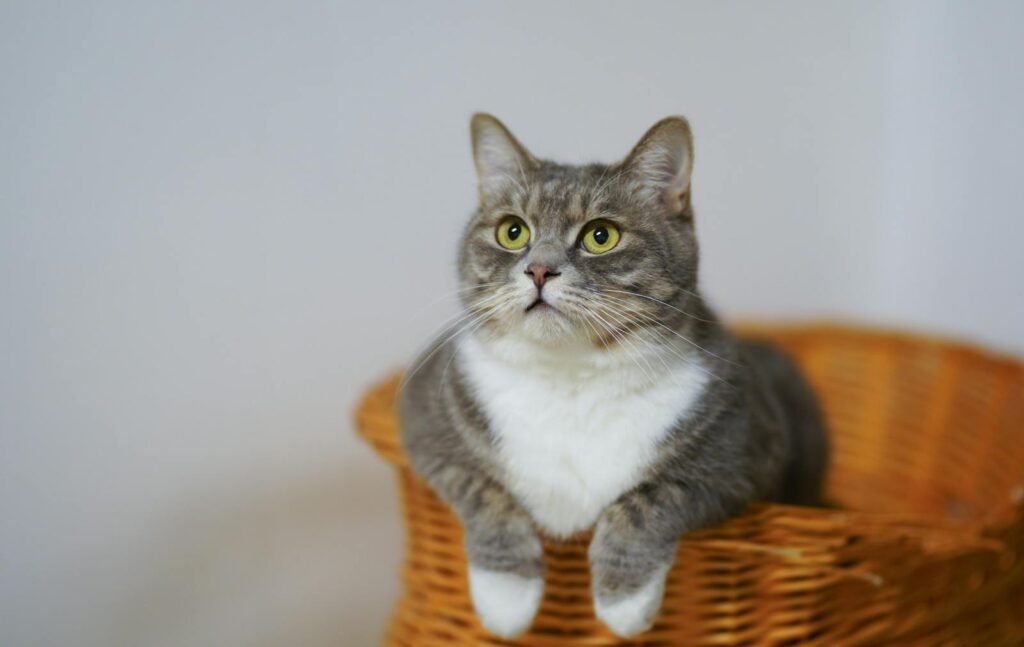
Start by placing the cat in the box gently, allowing them to get used to the smell and feel. Allow them to explore the box on their own terms. You can encourage digging by gently scratching the litter with your fingers. Avoid forcing them into the box as it can cause stress and aversion.
Establishing a Routine
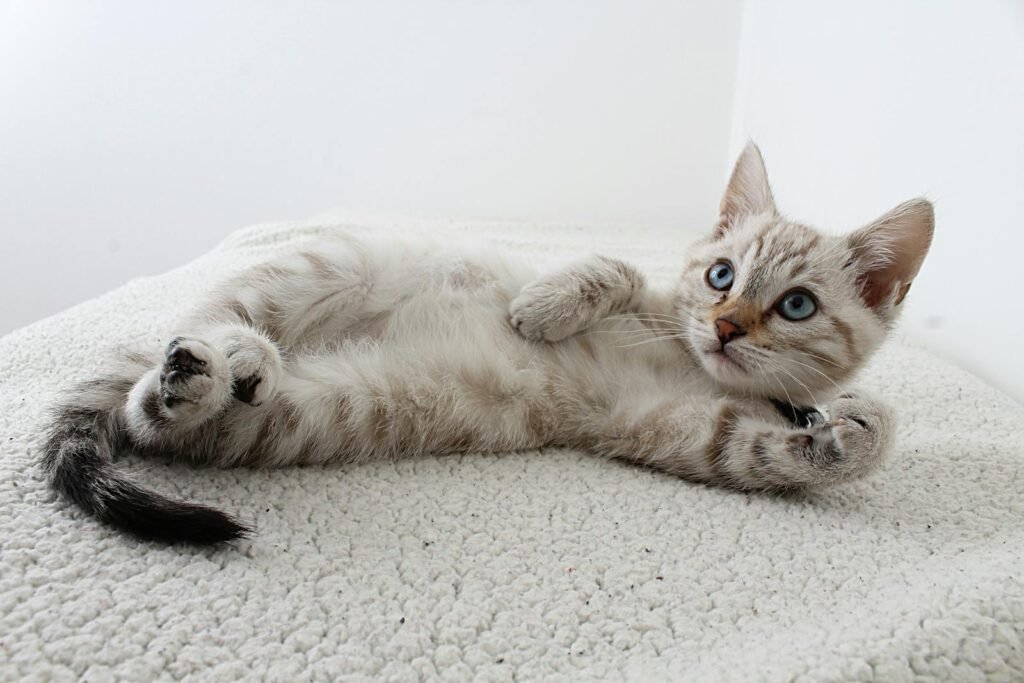
Establishing a consistent routine is key to successful litter training. Cats often prefer to eliminate at the same times each day, such as after meals or upon waking. Lead your cat to the litter box during these times to create a habit. Consistency helps reinforce positive behavior.
Handling Accidents Appropriately
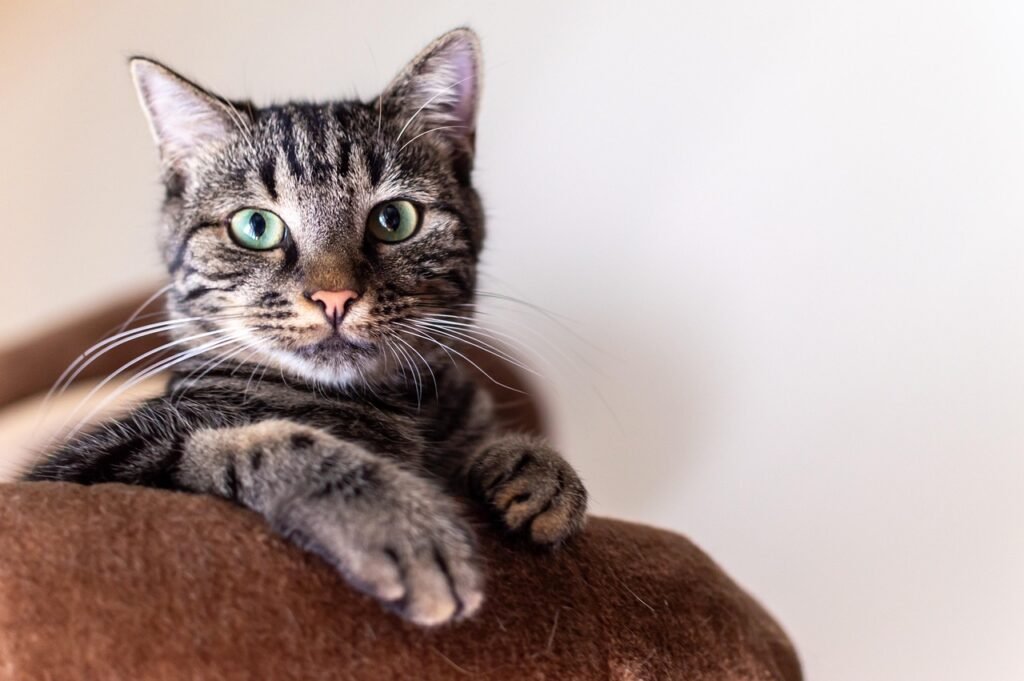
Accidents are a normal part of the litter training process, especially with kittens or new pets. Clean accidents with enzymatic cleaners to eliminate odors that might attract the cat back to the same spot. Never scold or physically reprimand your cat for accidents, as it can create fear or avoidance of the litter box.
Dealing with Litter Box Issues

If your cat suddenly stops using the litter box, consider potential causes such as stress, changes in the environment, health issues, or displeasure with the litter or box cleanliness. Address each possibility methodically. Ensuring the box is regularly cleaned and that there’s been no change in litter type can often solve the problem.
Litter Training Older Cats
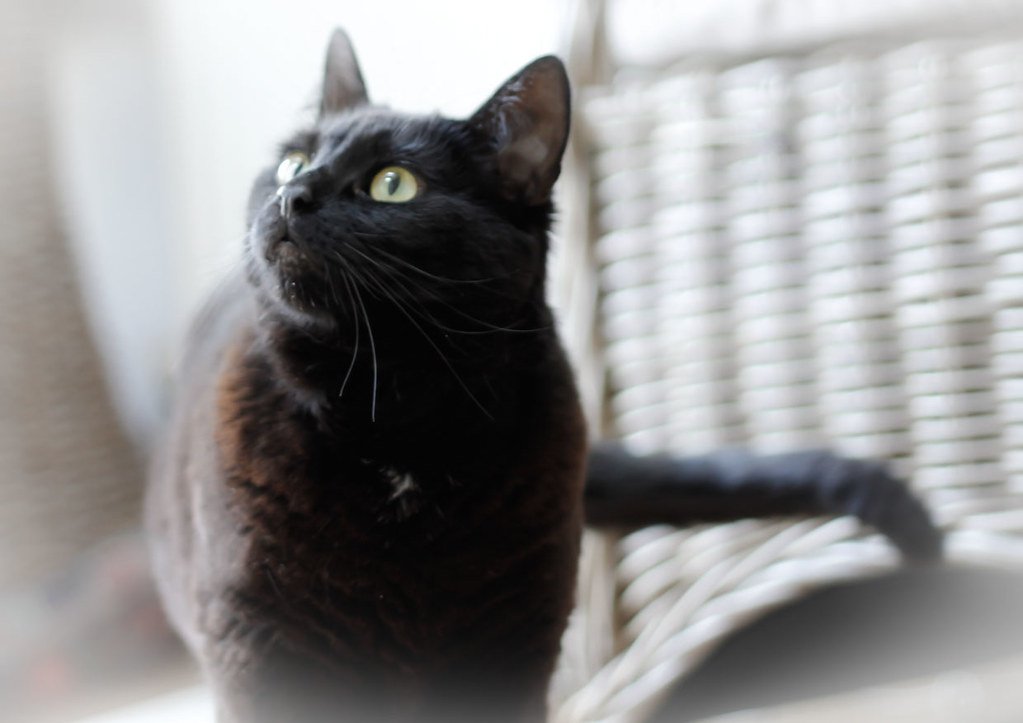
Older cats may face mobility issues, making access to the litter box challenging. Consider boxes with low sides or adding ramps to facilitate entry. Patience is key, as older cats may take longer to adjust, especially if they’re transitioning from outdoor to indoor litter habits. Make sure regular health checks are done to rule out age-related issues affecting their litter box behavior.
Using Reward-Based Training

Positive reinforcement can be an effective tool in litter training. When your cat successfully uses the litter box, reward them with verbal praise, petting, or a small treat. This technique helps the cat associate the litter box with positive outcomes, encouraging consistent use.
Consulting a Veterinarian
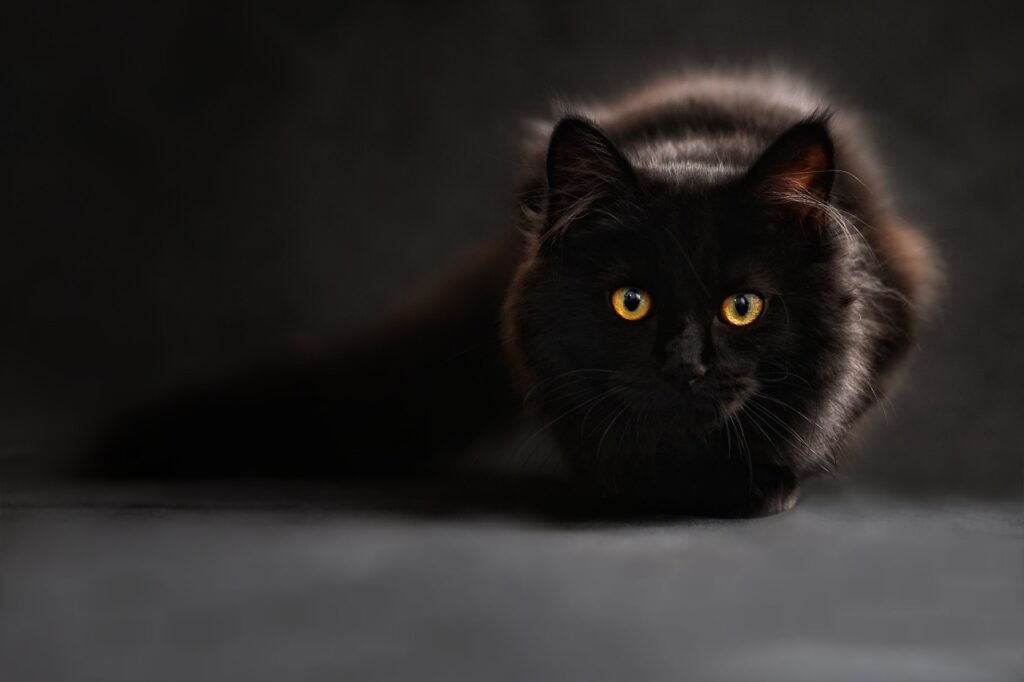
If ongoing litter box issues persist despite following best practices, consult a veterinarian. Behavioral issues, stress, or medical conditions like urinary tract infections can influence litter box habits. A veterinarian can help diagnose and treat any underlying problems, ensuring your cat’s health and well-being.
Through understanding and addressing the needs of cats at different ages, litter training can be a harmonious process. By providing the right environment, equipment, and encouragement, both kittens and older cats can be litter-trained effectively, ensuring a happy home for all.
Hi, I’m Bola, a passionate writer and creative strategist with a knack for crafting compelling content that educates, inspires, and connects. Over the years, I’ve honed my skills across various writing fields, including content creation, copywriting, online course development, and video scriptwriting.
When I’m not at my desk, you’ll find me exploring new ideas, reading books, or brainstorming creative ways to solve challenges. I believe that words have the power to transform, and I’m here to help you leverage that power for success.
Thanks for stopping by, Keep coming to this website to checkout new articles form me. You’d always love it!






